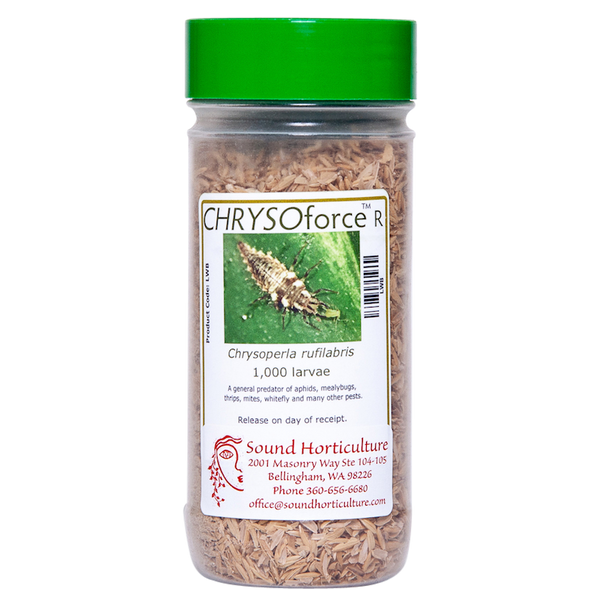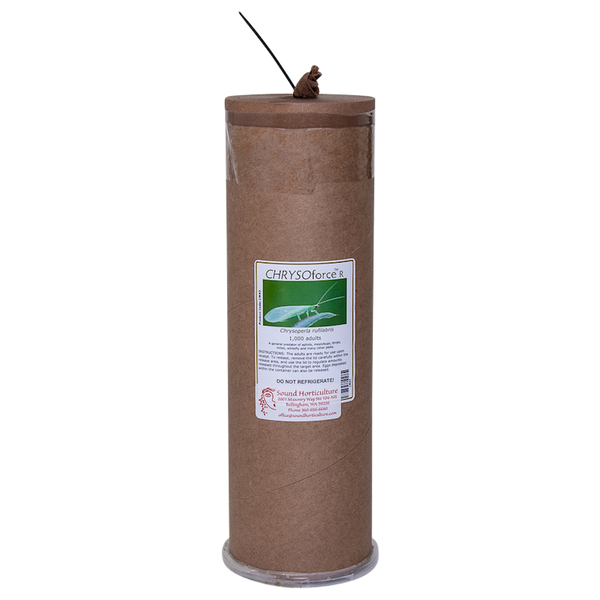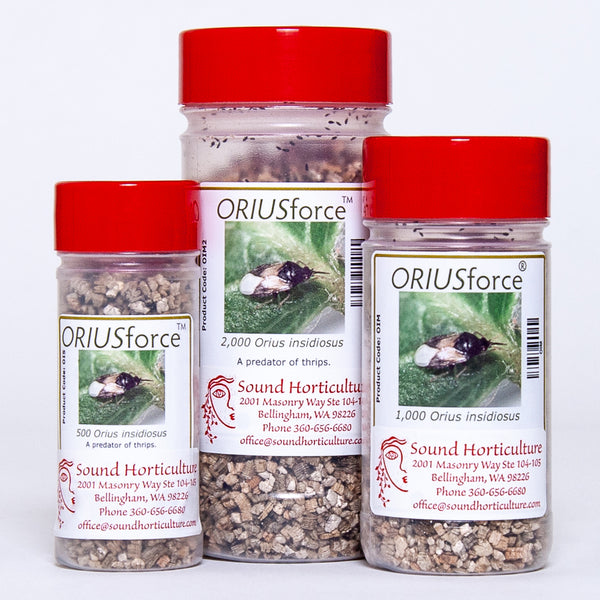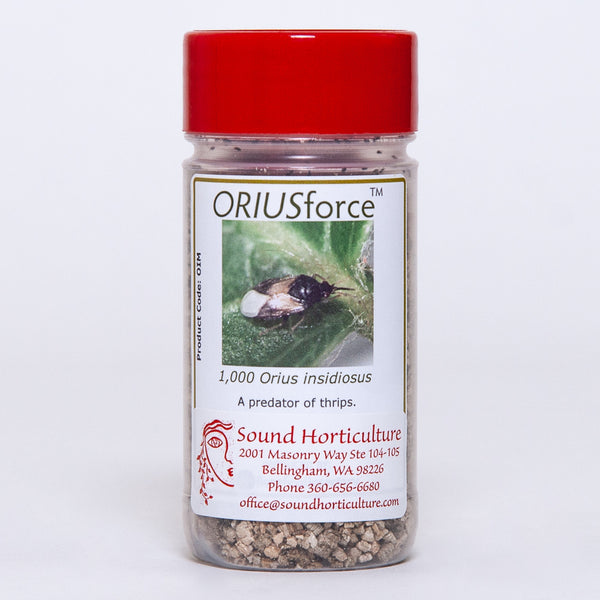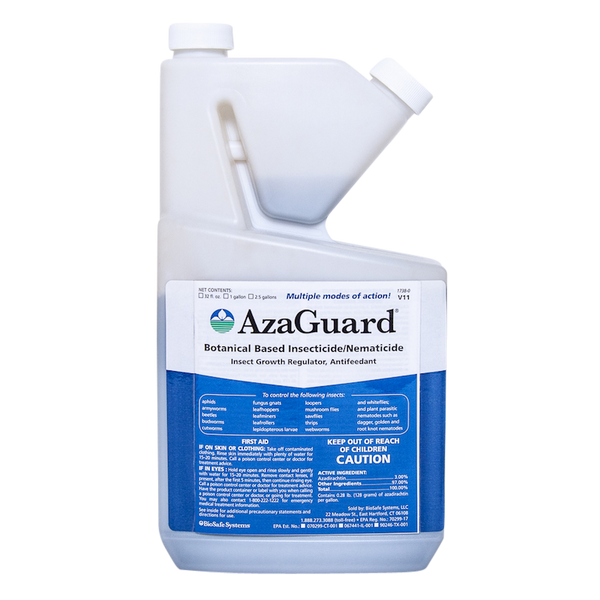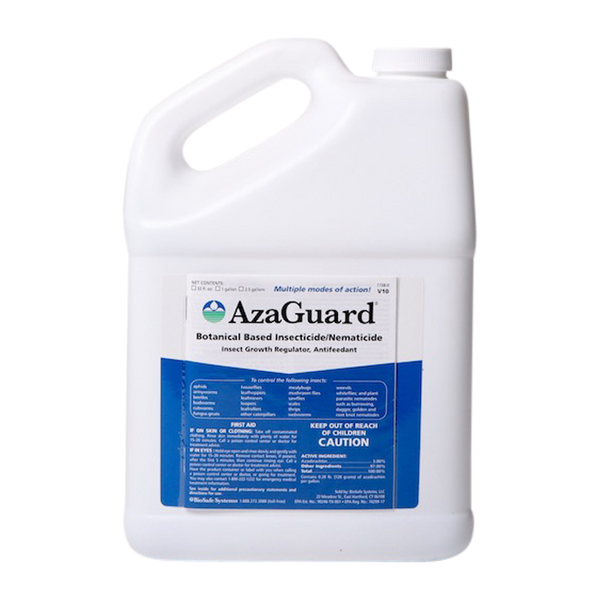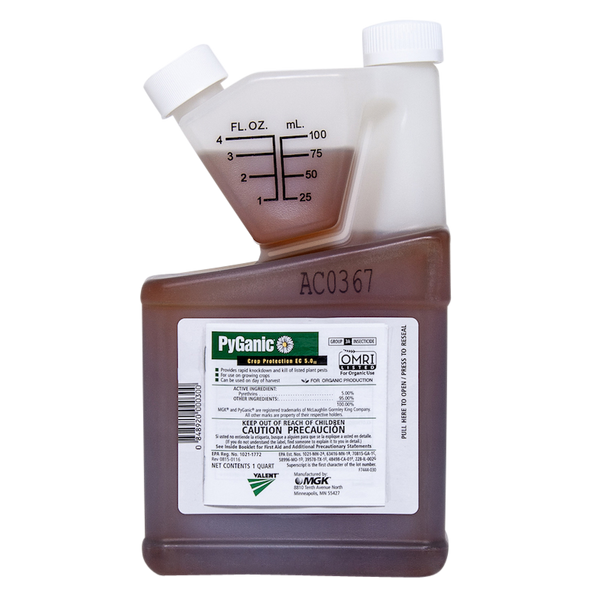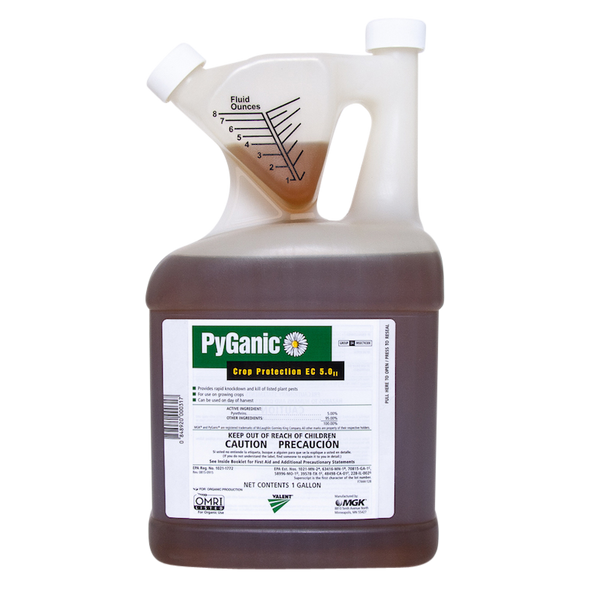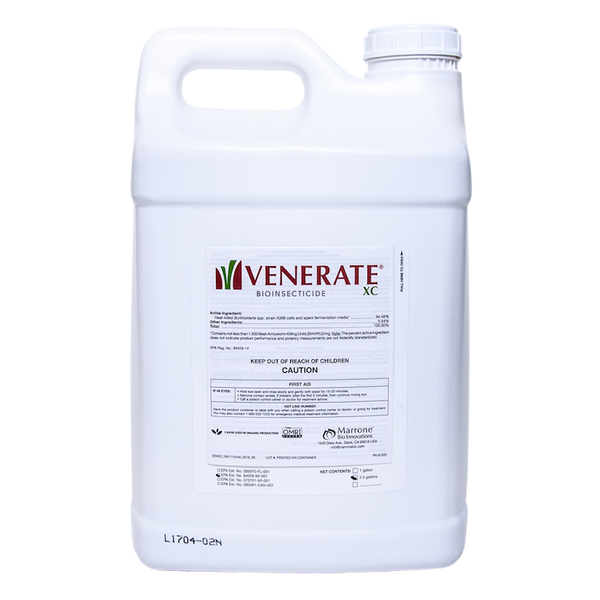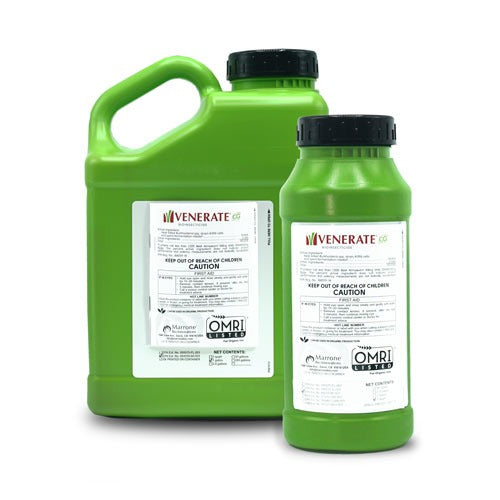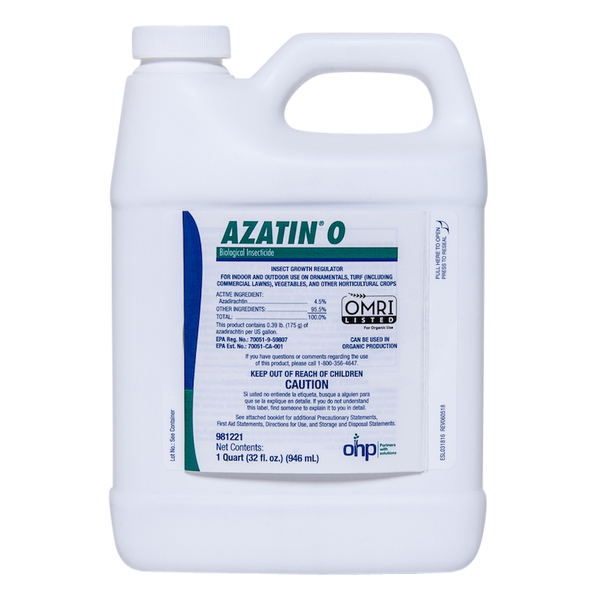Brown Marmorated Stinkbug Control
Please always review product labels prior to purchase to confirm the product you are purchasing is labeled for the specific pest/disease & crop you are treating.
FOR YOUR FILES: Brown Marmorated Stinkbug Tech Sheet (PDF)

- The Brown Marmorated Stinkbug (BMSB) is an invasive pest from Eastern Asia. It was first detected in Pennsylvania in the mid 1990’s and reached the west coast in 2004, with the highest populations occurring in the mid-Atlantic region of the US. It has the potential to cause significant damage because of its polyphagous nature and ability to have two generations per year. Besides plant damage, they can infest homes and structures in the winter, often congregating by the thousands. If disturbed they will release a strong, unpleasant odor giving them their common name of stink bug.
BMSB adults can be identified by the alternating dark and light bands on their antennae and abdomen. The shield shaped bodies are mottled brown and approximately 3⁄4” in length. BMSB can easily be confused with native populations of shield bugs, some of which are beneficial predators. Check with your local extension agent for an accurate ID. - The BMSB feeds on many high value crops in both the immature and adult stages. This includes tree fruits, nuts, vegetable and row crops and ornamental plants. Their piercing-sucking mouthparts drain juices out of plants and fruits leaving discoloration, necrosis, and chlorotic spots.
- In the fall, adult stinkbugs seek a warm place to overwinter. When they find a suitable location, they release a pheromone that attracts other stinkbugs in the area. This pheromone release is what brings them out in droves during the fall months. As it gets cold, adults overwinter and don’t typically emerge again until the spring, at which time they mate and females begin laying clusters of eggs on the underside of foliage. Females continually mate throughout the season and can lay over 400 eggs over the course of the year. When the eggs hatch, a small (2mm) nymph emerges and begins to seek out food. They continue to mature into adulthood and in the fall, look to overwinter and repeat the cycle.

-
Beneficial Insect Control:
Orius insidiosus— aka pirate bugs, a generalist beetle predator that feeds on stinkbug eggs. They are great fliers, which enables them to travel and seek out prey. They need a food source in order to establish a population, which can be achieved with adequate pollen, ephestia eggs, and/or by introducing a healthy banker plant system such as Dianthus ‘Kahori’.
Generally, one Orius per 10 square foot canopy will provide full coverage. Release the adults by gently shaking them onto individual plants or by opening the containers in the greenhouse and allowing the insects to disperse.
Chrysoperla rufilabris— aka green lacewings, are generalist predators that feed on BMSB. Each larva can devour 200 or more pests and eggs a week for about 3 weeks. The larvae then pupate and become adult lacewings, which emerge to lay eggs on the foliage. Adults can lay more than 200 eggs during
their lifetime. BMSB adults lay their eggs on the underside of a variety of host leaves, and since green lacewings also deposit their eggs on the foliage, when their larvae emerge, they have a ready food source.
If using larvae, for a light infestation release 2 to 5 per 10 square feet, biweekly or as needed. For moderate infestation release 4 to 8 per 10 square feet biweekly or as needed. And for large infestations release 1 per 1 square foot biweekly or as needed. If using adults, divide rate by four. And, if you are applying eggs, multiply rate by five.
Insecticide Options:
Unfortunately, when BMSB mature at the end of the season and congregate on the side of a building or home, their strong flight instinct when threatened generally makes spray applications ineffective. When stinkbugs are young and flightless, products containing Neem oil have proved mildly effective. Product labels that include general stinkbugs as a target pest include: Azatin O, Azaguard, PyGanic, and Venerate XC
- Banker plant options, Lobularia martima (sweet alyssum) as well as Ornamental Pepper variety ‘Purple Flash’ have both proven to be effective to attract Orius insidiosus by providing a food source while supporting the establishment of Orius in a crop. When choosing a Lobularia variety, the fragrant white varieties are best.
Traps and pheromone lures are available for the Brown Marmorated Stink Bug. The lures use an aggregation pheromone, which attracts males, females, and nymphs. Lures work best in late summer or early fall and traps are multi-season. Traps and lures are both available through Sound Horticulture, contact us to order yours today!
Always obtain an accurate diagnosis and ensure you are using good cultural and sanitation practices. Local extension offices will generally be able to identify your pest. Additionally, feel free to send us images and we will do our best to assist you.

